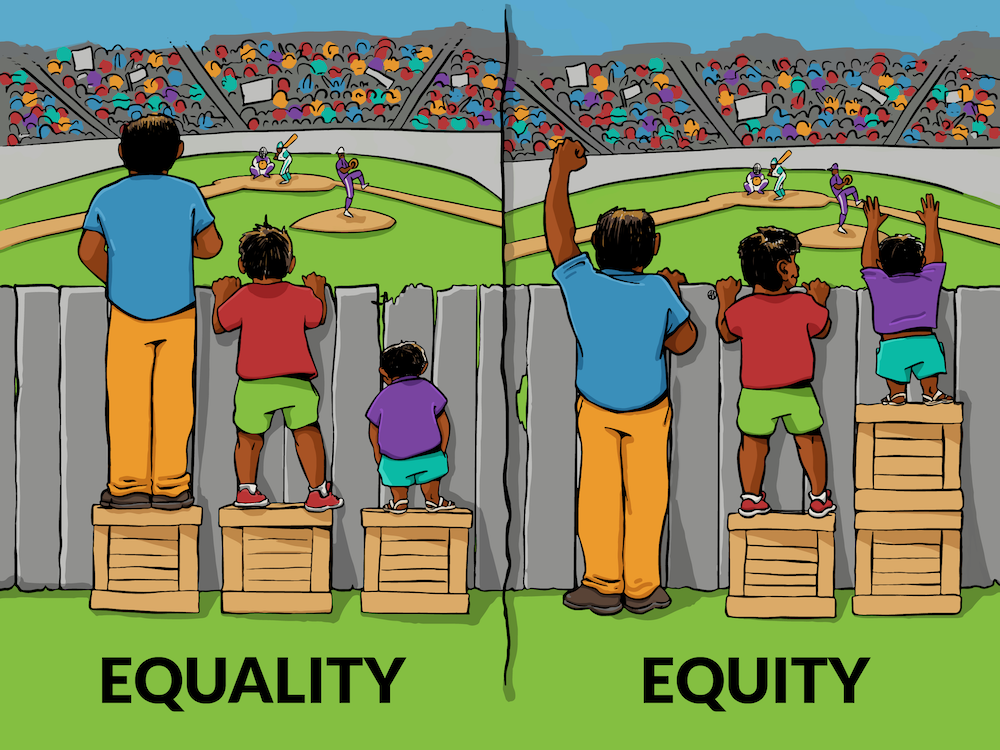
We all have different digital, numerical, information and visual capacities, and around fifteen people in every one hundred have one or more disabilities, yet our digital systems today do not cater to this variety. The resultant digital exclusion is, quite simply, unacceptable.
In addition, while many strive for everyone to be treated equally, people don’t always live up to that. But there’s something working at a deeper level, largely unnoticed.
Anyone who studies our use of media is familiar with the assertion in the 1960s by Marshall McLuhan that 'the medium is the message’ (the phrase even has its own Wikipedia entry). It means that the design and realisation of the media itself influences how a message transmitted through it is perceived.
We can put it like this … if you don’t ‘own’ your interface into and onto the digital world, then it isn’t yours but someone else’s. This means it’s their values and motivations that get designed into its software and services, not yours, and it cannot be Tech We Trust. This is why we support the hi:project (and in fact, the Collective emerged from the project).
We know that profiles of us, assembled by others, already dictate many aspects of our experience of web services and apps, including not least the variety of options we may be presented with and the corresponding pricing for example. Now just imagine, as all things digital feature larger and larger in our everyday existence, living life through an interface whereby someone else gets to decide what we see, what we experience, where we can go, and what we can do.
As digital technologies expand rapidly, you might find yourself in a public space in the physical sense but a privatised one in the digital sense, and this certainly doesn’t bode well for equity. By definition, a private sector company gets to discriminate as best suits its purposes not yours, not the public’s.